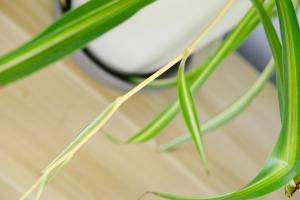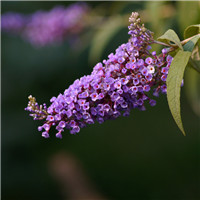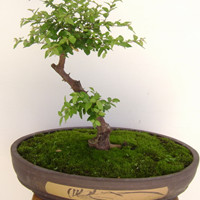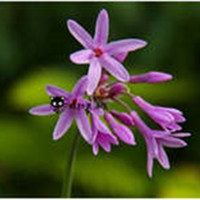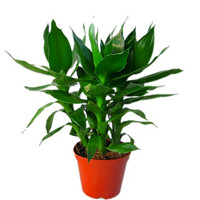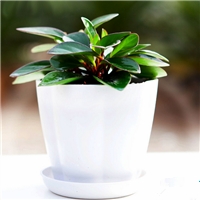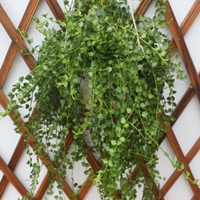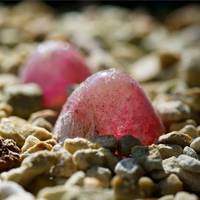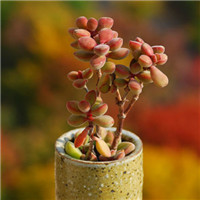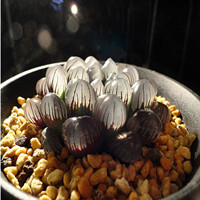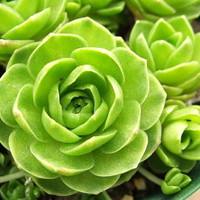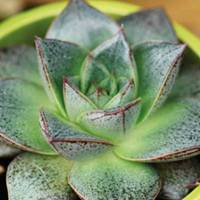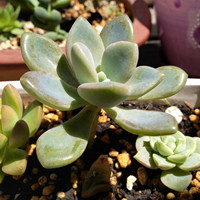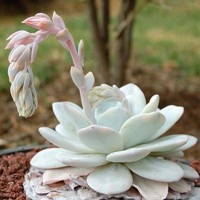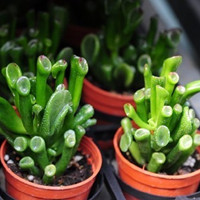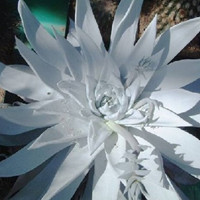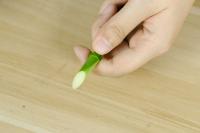How Long Do You Leave a Plant in Water?
Water propagation is a popular method for propagating plants. It involves placing plant cuttings in water until they develop roots. While this method is relatively easy and requires less effort than other types of propagation, it's important to know how long to leave your plant cuttings in water. Leaving them in water for too long can stunt root growth, while removing them too soon can cause them to fail. In this article, we'll discuss the factors that determine how long to leave your plant cuttings in water and the signs to look for when it's time to transplant them.
The Type of Plant
The length of time you leave your plant cuttings in water depends largely on the type of plant. Some plants take longer to propagate than others. For example, succulents usually take longer to develop roots than herbs or flowers. Additionally, some plants are more sensitive to water stress which means they require more water and won't develop roots as quickly. Do your research to determine how long your specific plant needs to stay in water.
The Size of the Cutting
The size of your cutting also plays an important role in how long to leave it in water. Typically, the larger the cutting, the longer it will need to stay in water to develop roots. This is because the larger the cutting, the more energy it needs to establish root growth. On the other hand, smaller cuttings require less energy to establish roots and can be transplanted sooner. Always take into account the size of your cutting when determining how long to leave it in water.
The Quality of Water
The quality of water used to propagate your plants is essential. Tap water containing chlorine or fluorine could inhibit the growth of your plant's roots, causing it to die. Additionally, using stagnant water could also prevent your plant from growing as it lacks the necessary oxygen. If you plan on propagating your plants in water, it's essential to use high-quality water such as filtered or distilled water to ensure they grow properly.
Signs it's Time to Transplant
Even with the best intentions, it's possible to leave your plant cuttings in water for too long. Signs that it's time to transplant your plant cuttings include the development of roots, root rot, and a change in color of the water. Once your plant has developed roots, it's essential to transplant them into soil or a growing medium to avoid root rot, which could kill the plant. If the water begins to change color, it's a sign that bacteria is growing and your plant cuttings need to be transplanted soon.
Conclusion
Water propagation is a popular method for propagating plants, but it's important to know how long to leave your plant cuttings in water to ensure their proper growth. The length of time depends on the type of plant, size of the cutting, and quality of water used. Signs that it's time to transplant your plant cuttings include the development of roots, root rot, and a change in color of the water. By following these tips, you'll be able to successfully propagate your plants using the water propagation method.

 how many times do yo...
how many times do yo...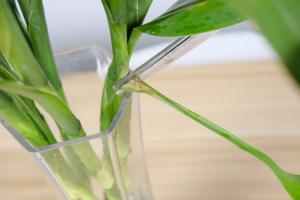 how many planted tre...
how many planted tre...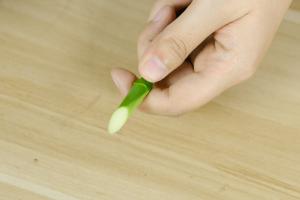 how many pine trees ...
how many pine trees ... how many pecan trees...
how many pecan trees... how many plants comp...
how many plants comp... how many plants can ...
how many plants can ... how many plants and ...
how many plants and ... how many pepper plan...
how many pepper plan...
